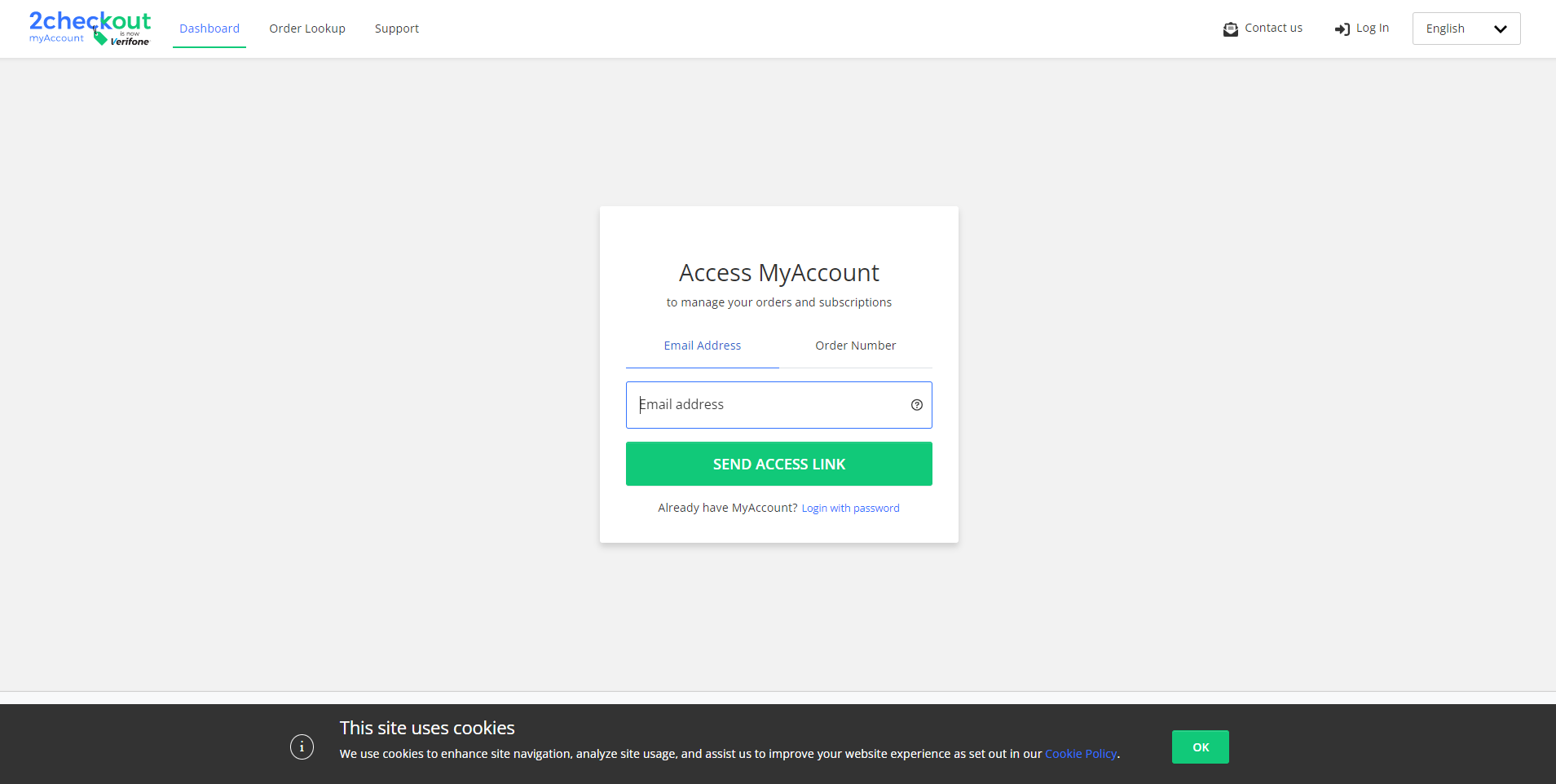Products with physical delivery
Overview
2Checkout is your reliable payment partner for receiving payments from customers worldwide. Depending on your business model, you can opt-in for selling electronic or physical products.
Catalog physical products
Use the Control Panel to manage your catalog of physical products, with advanced control over attributes such as: handling fee and product weight.
Create shipping methods that will be displayed to your customers in cart, based on product weight, customer location and other filters that you control. You can later confirm the shipment of your tangible products towards your customers.
Dynamic physical products
2Checkout enables you to receive orders placed with dynamic product information, even if you are selling tangible products.
Read this article to learn more about orders placed with dynamic product information.


